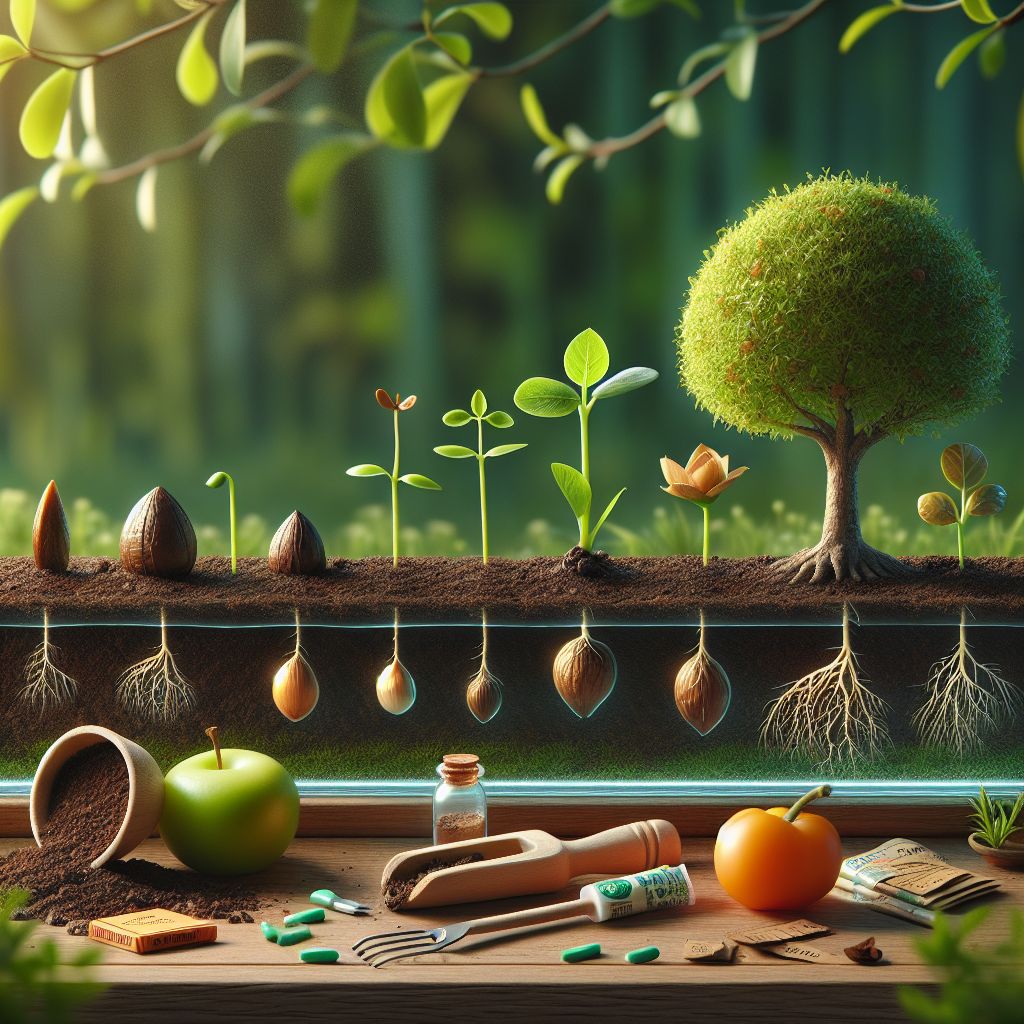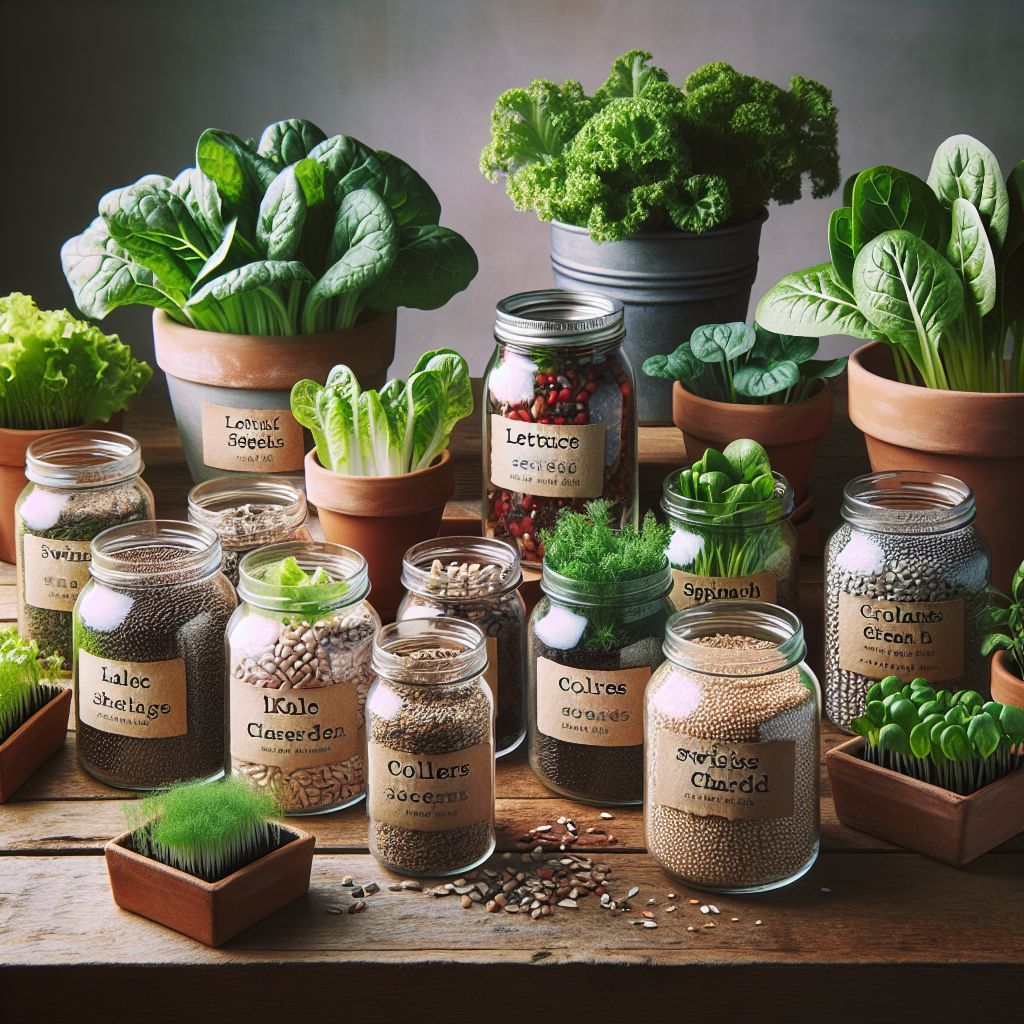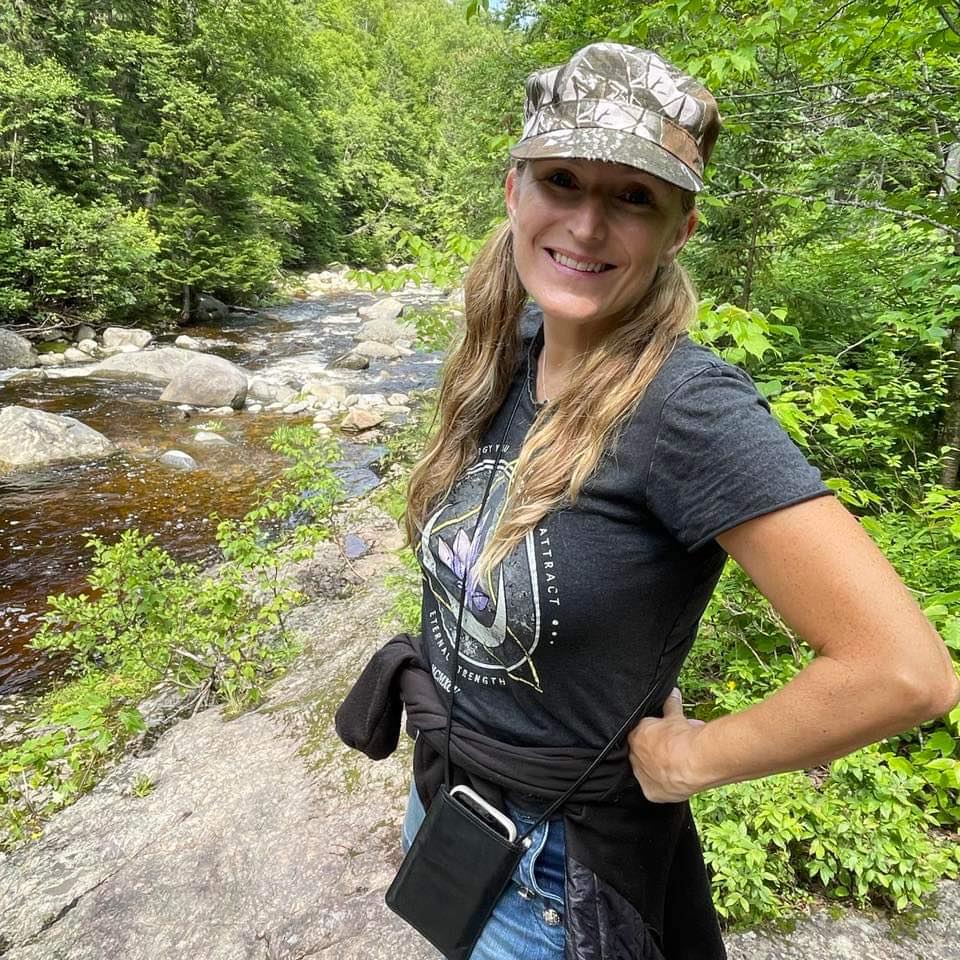
Key Takeaways
-
Organic seeds are the cornerstone of sustainable gardening in a geodesic dome greenhouse.
-
Selecting the right seeds involves understanding your dome’s micro-climates and seasonal changes.
-
Proper seed starting is crucial for a thriving greenhouse ecosystem.
-
Choosing resilient plant varieties will enhance the sustainability of your garden.
-
Harvesting at the right time maximizes the freshness and nutritional value of your produce.
Discover the Evergreen Choices: Top Organic Seeds for Your Dome Greenhouse
Geodesic dome greenhouses are marvels of design, creating a micro-universe where plants can thrive in harmony with nature. To mirror this harmony, the seeds you sow should be organic—untouched by synthetic chemicals and genetically unmodified. Organic seeds not only support a healthier ecosystem within your dome but also promise a harvest that is safe and nutritious.
Why Go Organic in Your Dome
Going organic is more than a trend; it’s a commitment to nurturing life in its purest form. By choosing organic seeds, you’re ensuring that your garden is free from harmful pesticides and genetically modified organisms (GMOs). This means your plants start their life in the most natural way possible, leading to stronger, more resilient growth. And let’s not forget the taste—vegetables and herbs grown from organic seeds have a depth of flavor that is simply unmatched.
Handpicked Seeds for Year-Round Harvest
Within the protective shell of your geodesic dome, you can defy the seasons and grow a variety of plants all year round. But success starts with the right seeds. Here are some evergreen choices that will provide a continuous bounty:
-
Leafy Greens: Spinach, kale, and arugula are cold-hardy and can be grown throughout the year.
-
Herbs: Basil, cilantro, and thyme not only add flavor to your dishes but also thrive in the stable conditions of a dome.
-
Root Vegetables: Carrots, beets, and radishes are perfect for the cooler zones of the greenhouse.
Remember, the key to a year-round harvest is rotation. As some plants reach the end of their cycle, introduce new seeds to keep the garden full and productive.
The Seed Starting Primer: Getting Your Green Dome Thriving

Starting your seeds right is like setting a strong foundation for a house—it’s essential for everything that comes after. In a geodesic dome greenhouse, this means creating a nurturing environment that mimics the seeds’ natural conditions. Let’s dive into how to get your seeds sprouting with vigor.
Soil and Seed Synergy
The right soil mix is vital for your seeds to germinate. A blend of peat, vermiculite, and compost provides the perfect balance of aeration, moisture retention, and nutrients. If you’re unsure about the mix, pre-made seed starting mixes are a great alternative. Just make sure they’re organic to keep in line with your eco-friendly goals.
Timing Your Planting for Dome Dynamics
Timing is everything when it comes to planting your seeds. Most importantly, pay attention to the natural light cycle and temperature inside your dome. As a rule of thumb:
-
Start cool-season crops like lettuce and peas early in the spring or late summer.
-
Warm-season crops like tomatoes and peppers should be started when there’s no risk of frost, and the dome is consistently warm.
Keep a planting calendar to track your seed starting and transplanting dates. This simple tool can be your best friend in maintaining a seamless growing schedule.
Root Royalty: The Underground Heroes of Dome Gardening
Below the surface of your dome garden’s soil lies a kingdom of root vegetables waiting to be discovered. Carrots, beets, and radishes are the underground heroes that not only thrive in the unique conditions of a geodesic dome but also bring a wealth of nutrients to your table. They’re the perfect choice for gardeners looking to maximize their space and yield, as they grow downwards and require less horizontal room. Plus, their hardiness makes them forgiving for beginners and a staple for seasoned gardeners.
The Power of Patience: Germination Tips for Success

Germination is a critical stage in your plant’s life and requires patience and attention. Your seeds are awakening, reaching out into the soil for the first time. To help them along, ensure they’re planted at the right depth—typically twice the size of the seed itself. Cover them gently with soil and press down lightly to make good contact. This cozy environment is where the magic begins, as warmth and moisture signal to the seeds that it’s time to grow.
Maintaining Moisture and Warmth
Moisture and warmth are the twin pillars of successful germination. Your seeds need consistent moisture to soften their outer shells and encourage the sprout to emerge. Water them with a fine mist to prevent washing them away or disturbing their tender roots. As for warmth, most seeds have a sweet spot between 65-75°F (18-24°C). You can maintain this temperature range in your dome by using heat mats or simply by taking advantage of the natural warmth that the dome’s design provides.
Monitoring the moisture levels is crucial, as overwatering can lead to fungal diseases while underwatering can halt germination. A simple touch test—feeling the soil with your fingertips—will tell you if it’s time to water. The soil should feel like a wrung-out sponge, moist but not soggy.
Here’s an example of how to create the perfect germination environment:
“Fill your seed tray with the organic soil mix and plant your seeds at the recommended depth. Gently water the soil until it’s moist, and cover the tray with a plastic dome or wrap to keep in the warmth and moisture. Check daily, and once you see sprouts, remove the cover to allow air circulation.”
The Waiting Game: Gauging Sprouting Signs
After planting, it can feel like time stands still as you wait for the first signs of life. Germination times vary widely among plant species, but most seeds will sprout within 7-14 days. Keep an eye out for the first green shoots pushing through the soil—this is a sign that your seeds have successfully germinated. Once you see these sprouts, it’s essential to provide plenty of light to prevent weak, leggy growth.
Growing in Grace: Cultivation Tips for Organic Seed Success
As your seedlings emerge and grow, they’ll need your guidance to become strong, productive plants. Thin out the seedlings if they’re too crowded, allowing the strongest to thrive. This might feel counterintuitive, but it’s better to have a few healthy plants than a cluster of weak ones competing for resources.
As your plants grow, they’ll start to develop their true leaves—the ones that look like the plant you’re expecting, not the initial seed leaves, or cotyledons. When these true leaves appear, it’s time to start feeding your plants. A gentle, organic fertilizer will provide the nutrients they need to continue growing strong and healthy.
Water Wisdom for Dome Grown Greens
Watering your dome-grown plants is about balance. Too much water can lead to root rot and disease, while too little can stress your plants, leading to poor growth or even death. The best approach is to water deeply but infrequently, encouraging deep root growth. Early morning is the best time to water, as it allows the foliage to dry out over the course of the day, reducing the risk of fungal diseases.
When watering, aim for the base of the plants to minimize moisture on the leaves and avoid overhead watering which can spread diseases. If you’re using a watering can or hose, a gentle stream or sprinkle will do the job without causing erosion or disturbing the roots.
Pruning Practices for Hearty Harvests
Pruning is an art that can significantly improve the health and yield of your plants. For tomatoes, removing the suckers—the shoots that grow in the joints of branches—will direct energy into fruit production rather than leafy growth. For herbs like basil, regular trimming will encourage a bushier plant with more leaves to harvest.
Always use clean, sharp tools for pruning to make clean cuts and reduce the risk of disease. And remember, the best time to prune is when the plant is dry to again minimize disease spread.
From Seed to Satisfaction: Harvesting Your Organic Gems

The journey from seed to harvest is filled with anticipation and care, and the moment of harvest is a celebration of your efforts. To ensure the fruits of your labor are at their best, timing is key. Most vegetables are at their peak of flavor and nutrition just before full maturity. For example, zucchini is best when it’s small and tender, while kale is sweetest after a frost.
When harvesting, use the right technique to avoid damaging the plant. For leafy greens, snip leaves from the outside of the plant, allowing the inner leaves to continue growing. For root vegetables, loosen the soil around the plant before pulling it up to prevent breaking the roots.
-
Check for the tell-tale signs of ripeness, such as color, size, and ease of picking.
-
Harvest in the cool of the morning when the plants are most hydrated.
-
Handle your produce gently to prevent bruising and damage.
After harvesting, handle your produce with care to preserve its quality. Wash your vegetables gently to remove any soil and cool them down quickly if you’re not eating them right away. This will help maintain their freshness and extend their shelf life.
Indicators of Readiness: When to Harvest
Knowing when to harvest can be as simple as observing your plants. Lettuce, for example, should be harvested when the leaves are tender and full-sized but before they start to bolt, or send up a flower stalk, which makes them bitter. Tomatoes are ready when they’re brightly colored and slightly soft to the touch.
Here’s a quick guide to harvesting some common dome-grown vegetables:
-
Lettuce: Harvest when leaves are full-sized but before bolting.
-
Tomatoes: Pick when fully colored and slightly soft.
-
Carrots: Pull when the tops of the roots are about 1 inch in diameter.
-
Herbs: Cut when the plant is bushy and before it flowers for the best flavor.
Harvesting is not just about the end product; it’s about the entire growth cycle and the joy of watching your plants develop from tiny seeds into bountiful producers. With these tips and the right organic seeds, your geodesic dome greenhouse will be a source of pride and sustenance, season after season.
Post-Harvest Handling for Long-Lasting Freshness
Once you’ve gathered your garden’s bounty, the way you handle your harvest can make all the difference in how long it stays fresh. It’s crucial to handle your organic produce with care to prevent bruising. Wash fruits and vegetables with cool water to remove any soil and to bring down their temperature, which slows the natural breakdown process. Then, store your produce in a cool, dry place. Some vegetables, like root crops, can be stored in sand or sawdust to keep them fresh even longer. For leafy greens, wrapping them in a damp cloth before refrigerating can help maintain their crispness.
Frequently Asked Questions (FAQ)
As you embark on your geodesic dome greenhouse adventure, you’re bound to have questions. Here are answers to some of the most common queries to help you grow with confidence.
What are the benefits of using organic seeds?
Organic seeds come from plants that have been grown according to strict organic standards, which means they haven’t been exposed to synthetic pesticides or fertilizers. They’re often more resilient to pests and diseases because they’ve been bred in and adapted to organic growing conditions. Plus, using organic seeds ensures that your garden is free from genetically modified organisms (GMOs), keeping your produce as natural as possible.
Another benefit is the environmental impact. Organic farming practices promote biodiversity, improve soil health, and reduce pollution from runoff. By choosing organic seeds, you’re supporting these sustainable practices and contributing to a healthier planet.
How do you choose the right seed varieties for a geodesic dome greenhouse?
Choosing the right seed varieties for your geodesic dome greenhouse involves understanding the unique micro-climates within the dome and selecting plants that will thrive in those conditions. For instance, plants that love warmth and sunlight, like tomatoes and cucumbers, should be placed in the sunnier zones, while leafy greens, which prefer cooler temperatures, will do better in the shaded areas.
It’s also important to consider the size of the plants and the space available in your dome. Compact or dwarf varieties are great for smaller spaces, while vining plants can be trained to grow vertically to maximize your growing area. Always check the seed packets for information on plant size, preferred temperature, and light requirements.
Can you grow organic seeds in any type of soil?
While organic seeds are adaptable, they grow best in soil that is rich in organic matter. This type of soil provides the nutrients they need to grow strong and healthy. If your soil isn’t ideal, you can improve it by adding compost, aged manure, or organic fertilizers. The pH level of the soil is also important; most vegetables prefer a pH between 6.0 and 7.0. You can test your soil’s pH with a simple test kit from your local garden center.
For container gardening or raised beds in your dome, use a high-quality organic potting mix that provides good drainage and aeration. This will help ensure that your organic seeds have the best possible start.
If you’re starting seeds indoors, use a sterile seed-starting mix to prevent disease. Once the seedlings are ready to be transplanted into the dome, they can be acclimated to the soil conditions there.
“To give your organic seeds the best chance at success, start with a soil rich in organic matter and ensure it has the right pH level. For container gardening, a high-quality organic potting mix is essential.”
What is the average germination time for organic seeds?
The average germination time for organic seeds varies depending on the plant species. Generally, most seeds will germinate within 7 to 14 days under optimal conditions. Some seeds, like parsley or parsnips, can take longer—up to 21 days or more. To speed up germination, make sure the seeds are kept warm and moist, as these are the key factors that signal to the seeds it’s time to grow.
How do I prevent common pests in my organic geodesic dome garden?
Preventing pests in your organic geodesic dome garden starts with healthy soil and strong plants. Healthy plants are less likely to succumb to pests and diseases. Here are some additional tips:
-
Practice crop rotation to prevent pests and diseases from becoming established.
-
Encourage beneficial insects, like ladybugs and lacewings, which prey on common pests.
-
Use physical barriers, such as row covers, to protect your plants from insects.
-
Keep a clean garden by removing any diseased plants or fallen debris that could harbor pests.
-
Apply organic pest control methods, such as neem oil or insecticidal soap, as a last resort.
Where can i buy evergreen organic seeds?
You can buy Evergreen organic seeds from various sources, including local nurseries and online stores. Here are some options online:
- Etsy offers Evergreen Seeds.
- McKenzie Seeds and Northern Seeds also provide organic Evergreen scallion and bunching onion seeds.
- BC Eco Seed Co-op offers Evergreen White Green Onion seeds.
By following these practices, you can maintain a healthy and productive organic garden in your geodesic dome greenhouse.
With the right organic seeds, a touch of patience, and a dash of care, your geodesic dome greenhouse will become a sanctuary of sustainability and a testament to the beauty of organic gardening. Embrace the journey, and let the dome’s natural symphony guide you to gardening success.




